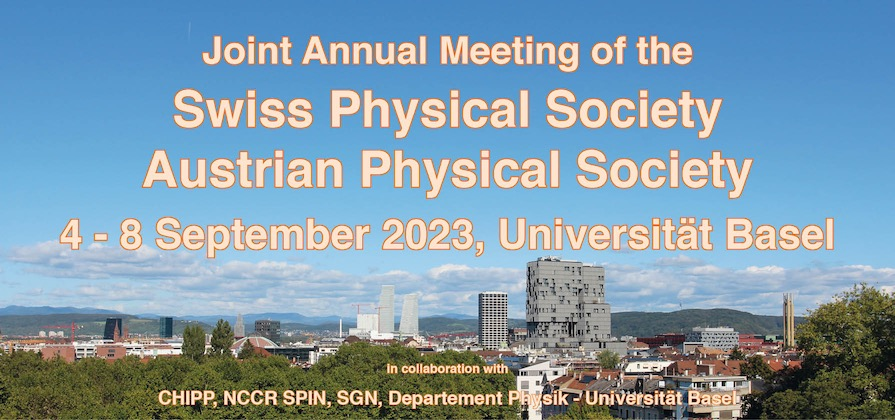Speaker
Description
Solid oxide compounds constitute the vast majority of all solids on Earth. Their variety is responsible for a wide range of intriguing physical properties, and their abundance opens a possibility for wide-spread technical use. Each solid interacts with the environment through the exposed surfaces, and Surface Science aims to understand these processes and a fundamental level.
The structure of a surface can be directly recorded with non-contact atomic force microscopy (ncAFM) with single-atom precision. The observed configurations can be theoretically modeled with quantum mechanics through density functional theory (DFT). In this talk, I will introduce and demonstrate these state-of-the-art Surface Science techniques on a surface of a prototypical TiO2 oxide.
